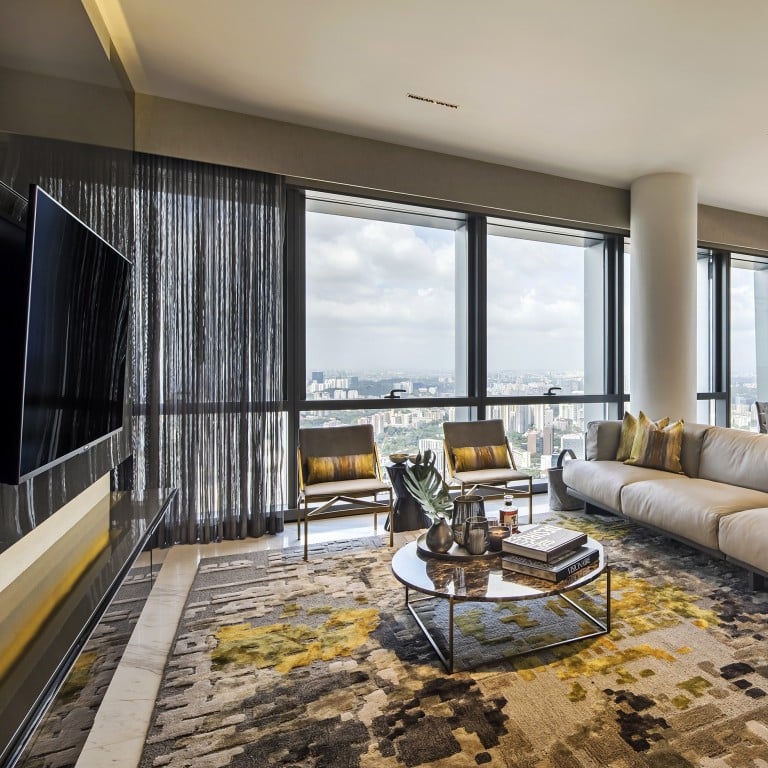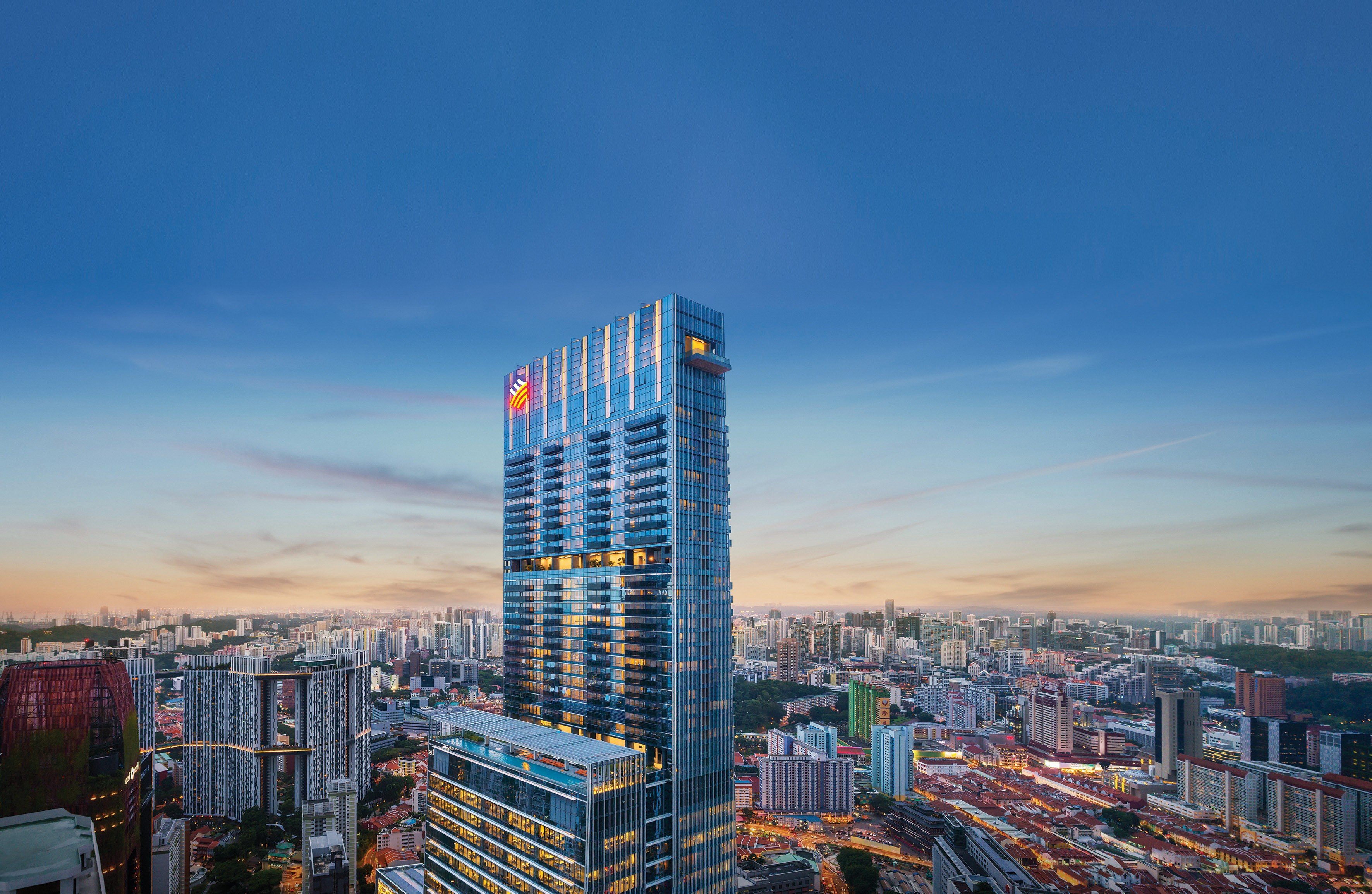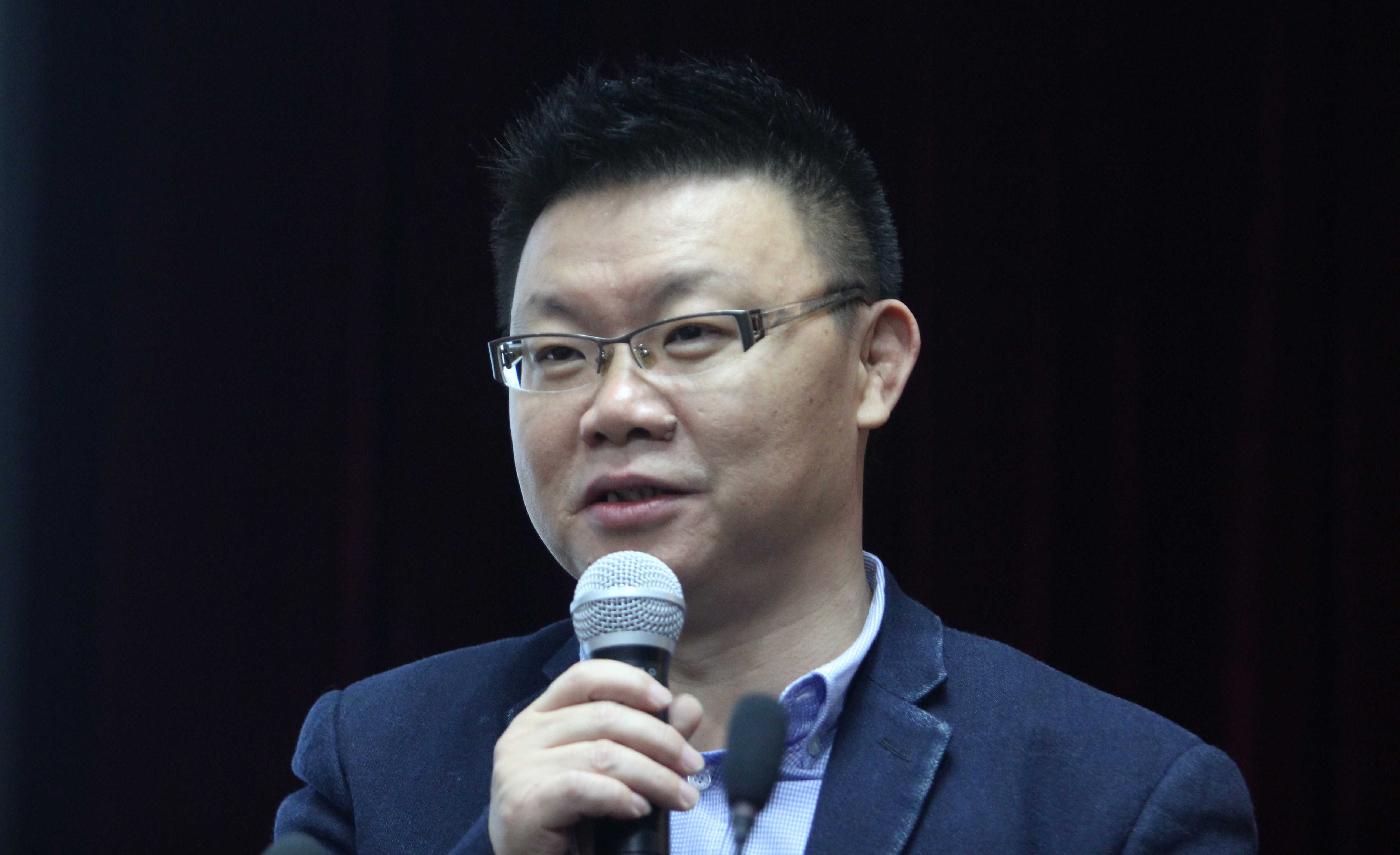Why crazy rich Asians are snapping up luxury homes in Singapore – just like billionaire James Dyson

Luxe duplexes and ‘villas in the sky’ in places like Sentosa Cove and District 9 are attracting super-rich buyers from Asia who previously were investing in Canada, the United States and New Zealand
When British billionaire James Dyson went shopping this year for luxury digs in Singapore, he was spoiled for choice.
With no fewer than six super-penthouses on the market, the inventor of the bagless vacuum cleaner could have opted for a six-bedroom triplex atop Reflections at Keppel Bay, a Daniel Libeskind-designed Sentosa waterfront masterpiece that is spacious enough to accommodate a private spa, gymnasium or art gallery; or Concourse Skyline, with its collection of bespoke furniture and an outdoor pool that overlooks some of the city’s most prominent attractions.
Foreign investors have probably considered these luxury projects to be good investment assets as many are well-located, distinctively designed and developed by reputed developers
Instead, he chose the largest and most expensive, paying a reported S$73.8 million (HK$420.96 million) for the super-penthouse in Wallich Residence, a five-bedroom “villa in the sky” with a floor area of 21,108 sq ft and unobstructed views of the central business district, Marina Bay and Sentosa Island.

Dyson has recently moved his company’s headquarters to Singapore – where he is building an electric car, due for launch in 2021 – so quite possibly he would want somewhere nice nearby to live. With an estimated net worth of US$5.5 billion, he presumably was not bothered by the 20 per cent additional stamp duty imposed on foreign buyers last July – and according to various reports, neither, it seems, are the many foreigners currently pouring cash into Singapore’s high-end property sector.
Stephanie Anton, president of Luxury Portfolio International, a global network of luxury real estate brokerages, understands the attraction. “Singapore is an incredibly exciting global luxury hub with cutting-edge architecture, a sophisticated and cultured arts scene and attractive local regulations that enable young Singaporeans to purchase and invest in real estate,” she says.
The city state is attracting very affluent buyers from all over the region, particularly wealthy Asians who previously were investing in markets such as Canada, the United States and New Zealand but due to property market regulations and trade policies are now turning their attention elsewhere, Anton says.

“At the same time, the wealth movement is bringing related businesses such as wealth managers, and relocating businesses, which is great for the property market,” says Anton. Dyson’s purchase is “a perfect example of the exciting things happening on the property front in Singapore”, she adds.
Singapore is still a relatively safe haven for foreigners to park their funds
Christine Sun, head of Research & Consultancy at OrangeTee & Tie, affirms a significant rise in well-heeled foreign buyers returning to the high-end segment, known as the Core Central Region (CCR). Sun cites latest URA REALIS data showing that the number of foreign buyers (permanent residents and non-permanent residents) of non-landed homes sold in the CCR rose 31.9 per cent from 166 units in Q1 2019, to 219 in Q2 2019. “The proportion of foreign-based purchases also increased from 29.5 per cent to 35.6 per cent over the same period,” she says.








